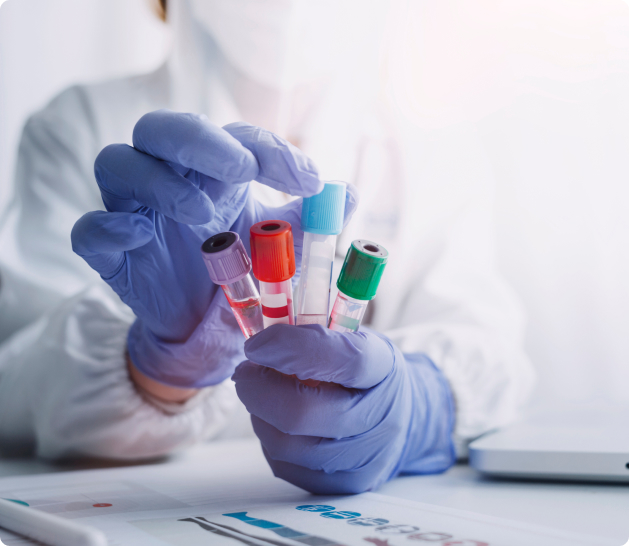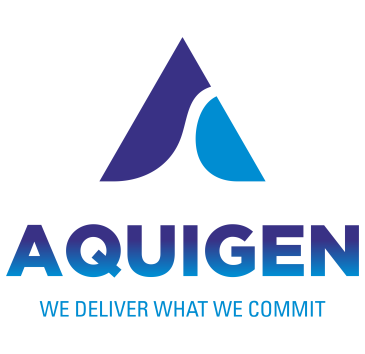Medicinal Chemistry & Drug Discovery
Understanding Medicinal Chemistry & Drug Discovery
New Chemical Entity (NCE)
“Developing and launching a new drug typically involves a time frame of 10-15 years and a financial investment exceeding $1 billion. Medicinal chemistry is pivotal in this extensive process.”
Unlocking the Potential of Medicines

Unlocking the Potential of Medicines
Modern Drug Discovery
Modern Drug Discovery encompasses the recognition of screening hits and the utilization of medicinal chemistry to enhance these hits. The optimization focuses on increasing the compound’s affinity, selectivity (to lessen the likelihood of side effects), efficiency/potency, metabolic stability (for an extended half-life), and oral bioavailability. The drug development process proceeds once a compound meeting all these criteria is identified. If successful, it then transition into the stage of clinical trials.
FAQs About Medicinal Chemistry
What are the 4 Stages of Drug Discovery?
The process of drug discovery is a structured and intricate one, often divided into distinct steps for effective execution. These stages allow for a ystematic validation and development of potential therapeutic drugs, which are outlined below:
- Early Drug Discovery
- Pre-Clinical Phase
- Clinical Phases
- Regulatory Approval
Synthetic Capabilities of Aquigen Bio Sciences
Aquigen Bio Sciences boasts advanced synthetic capabilities, equipping the team to tackle complex pharmaceutical challenges. Our expertise lies in synthesizing intricate molecules, ensuring efficiency while maintaining the highest quality in the drug discovery process.
- Complex molecules from milligram to multigram
- Reference compounds and scaffold synthesis
- Small molecules; Analogues for lead generation; Lead optimization
- Focused Libraries: 50-100
- Large Libraries: >500
- Multi-step stereoselective synthesis of chiral molecules
- Expertise in handling photo-chemical reactions
- Chemoenzymatic and resolution techniques for chiral molecules
- Metabolite synthesis

